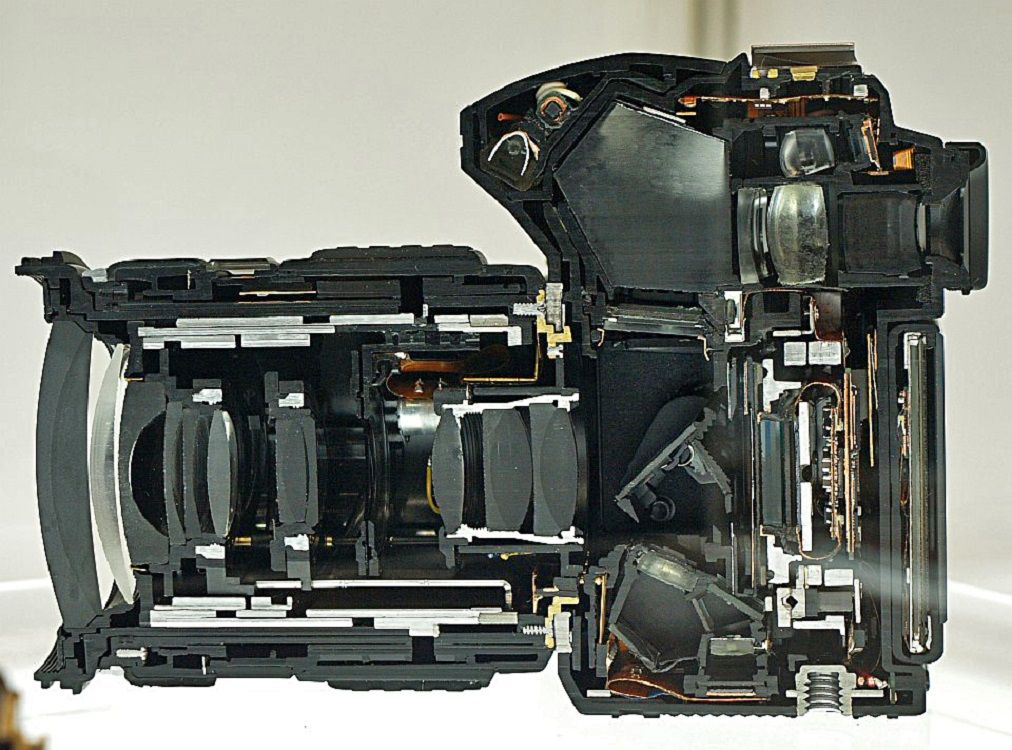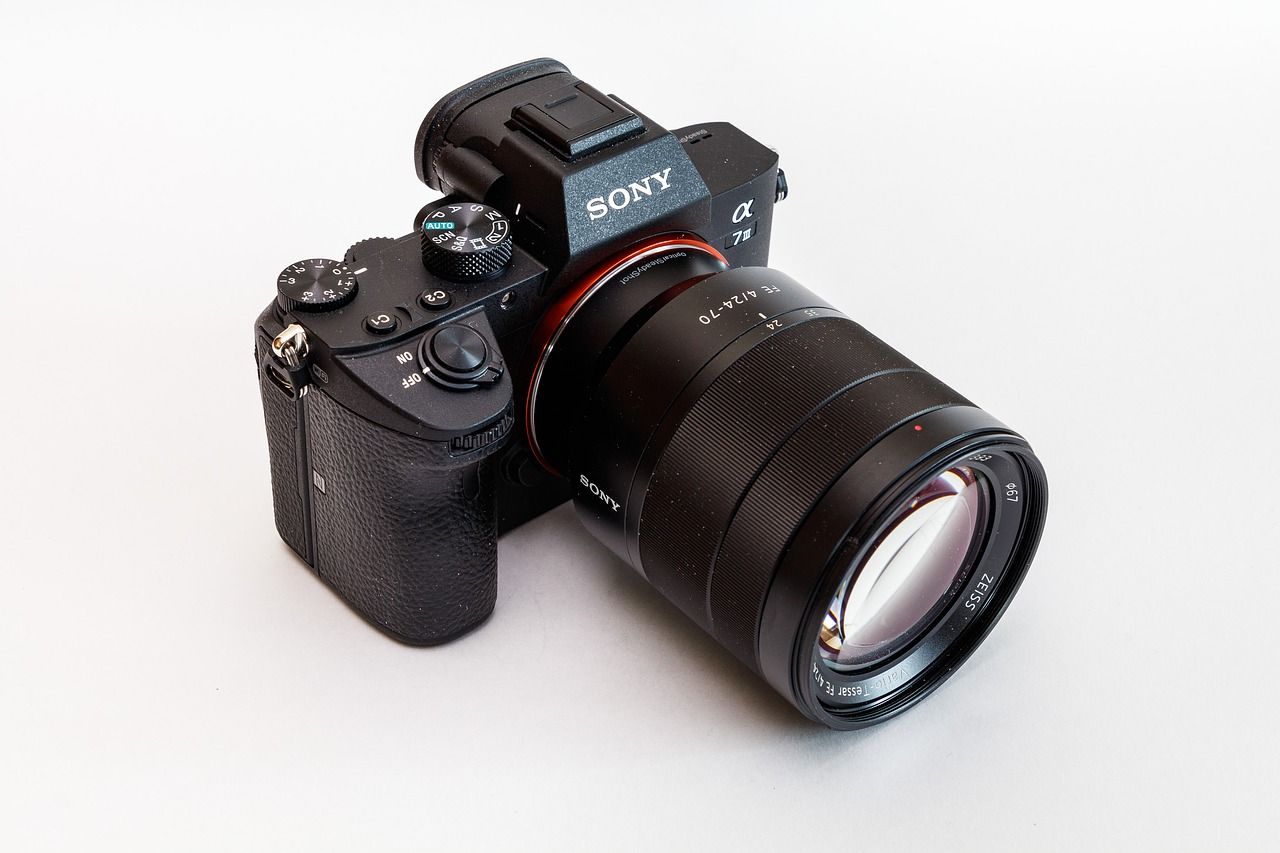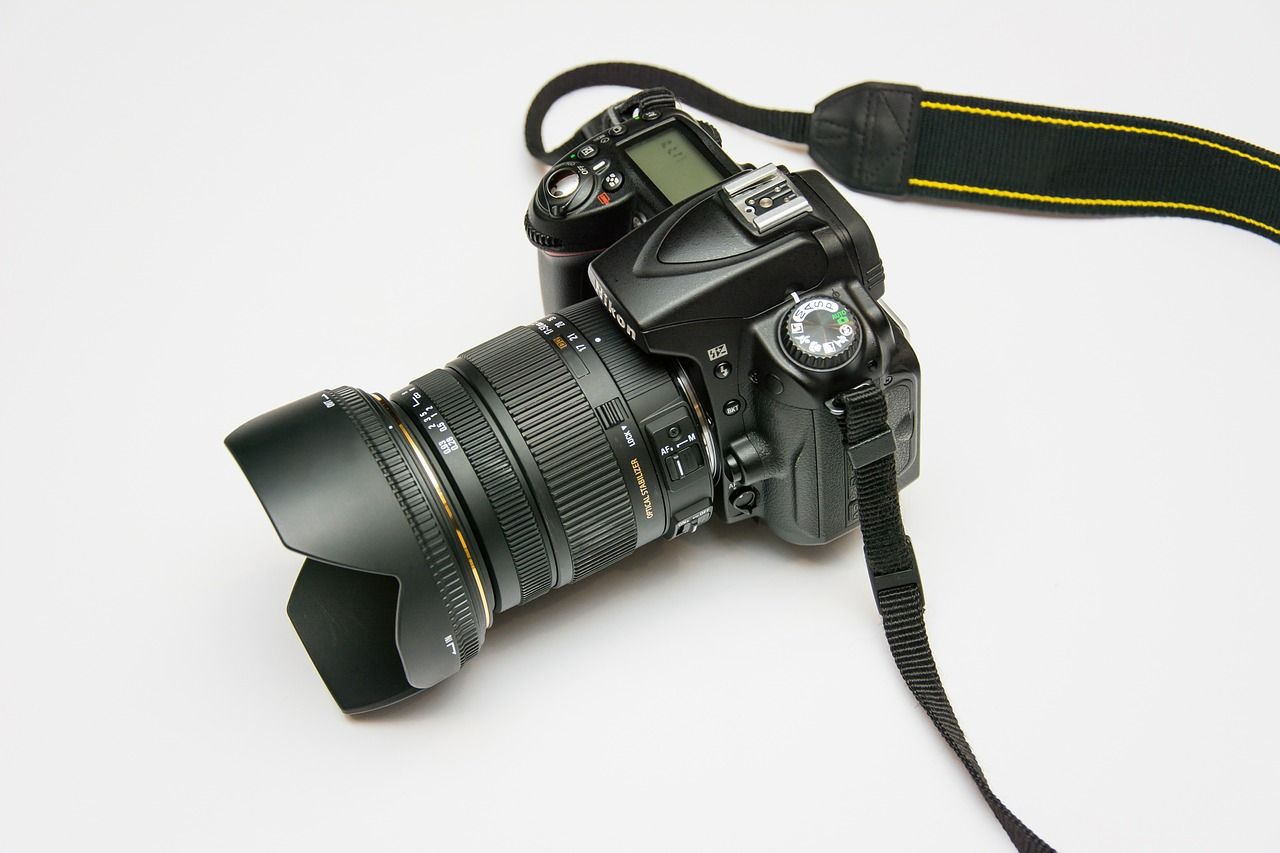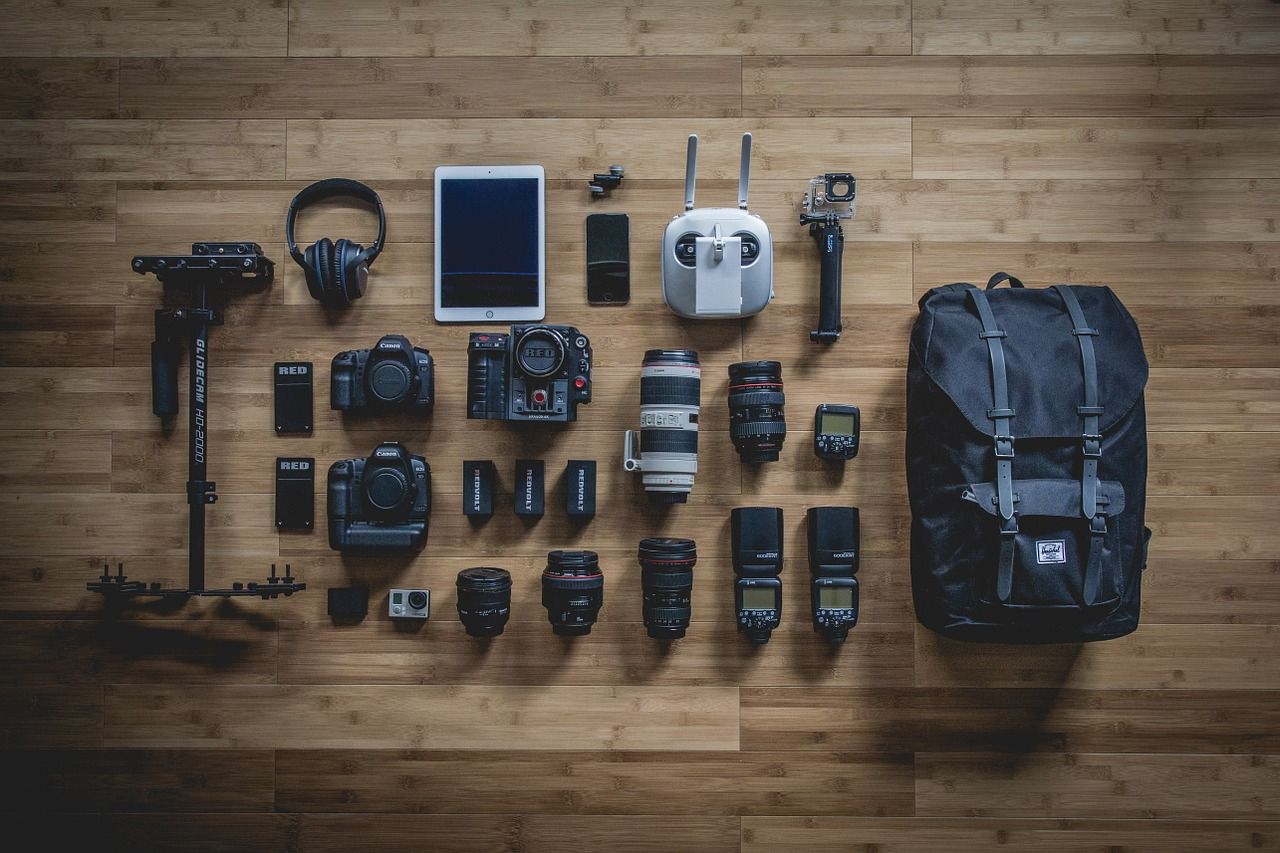The debate between DSLR vs. mirrorless cameras has recently reached a fever pitch. With recent improvements, mirrorless cameras are looking better than ever.
When buying a new camera—especially high-level professional cameras—deciding between a DSLR or mirrorless can be difficult.
So what are the differences between a DSLR and a mirrorless camera? Read this guide to find out.
DSLR vs. Mirrorless Cameras: What Are They?
For a long time, DSLRs have been a dominant choice for both hobbyist and professional photographers.
The DSLR sensor was designed to mimic the traditional 35mm film cameras. DSLRs are typically bulkier than their smaller, compact cousins, primarily because of the mirror found within.
The first DSLR was invented in 1999. The structure of a DSLR allows you to see exactly what is in front of you through an optical viewfinder. DSLR stands for digital single-lens reflex. The reflex mirror reflects light from in front of the camera up and into the optical viewfinder which enables the photographer to frame their shot.
When the shutter button is pressed, the mirror is moved out of the way to allow the light to hit the imaging sensor, which results in a photograph.
With the advent of improved processing power, it was possible to have the sensor do more computational work than ever before. In a mirrorless camera, the imaging sensor receives all of the information, performs autofocus and metering roles, and translates the information in real time to a digital screen.
In fact, these differences are so marked that Sony has discontinued its DSLR range in favor of mirrorless cameras.
Technical Differences Between a DSLR and Mirrorless Camera
There are several technical differences between DSLRs and mirrorless cameras which range from aesthetic to functional. We will cover the major differences below.
Size and Weight
DSLRs are generally much larger than mirrorless cameras - sometimes up to twice the size. With the removal of the mirror apparatus and optical viewfinder, it is possible to make a camera much more compact.
Depending on the camera (and sensor type) a mirrorless camera will generally be much smaller, lighter, and more compact than a comparable DSLR. This is excellent for street photographers and others who prefer the ease of use and mobility afforded by a smaller, lighter camera.
Viewfinders
Most DSLRs will feature an optical viewfinder or OVF. An optical viewfinder is the traditional way of framing a shot. It allows a photographer to look through it and see exactly what is in front of them. Some prefer this traditional method of previewing the composition for this very reason.
Previewing images is also possible via live view. Live view is available in many DSLRs and basically all mirrorless cameras. This is a digital preview of the scene on the camera's back screen. It is achieved in DSLRs by flipping the mirror up, essentially having it act as a mirrorless camera.
Some mirrorless cameras feature an EVF or electrical viewfinder. In comparison to an OVF, an EVF is a tiny digital screen that resembles an OVF but displays a digital preview of the image.
Depending on the camera, one possible downside to an EVF is that it can suffer from delays or jerkiness depending on conditions. Because it relies on the imaging sensor, low light can cause the shutter speed to drop and ISO to increase, causing high noise or a blurred/jerky feed.
When mirrorless cameras first appeared on the market, the electrical viewfinders were a major disadvantage. But as the technology has improved, newer EVFs typically meet or exceed the quality of optical viewfinders.
The major advantage of an EVF (or live view) is that you can preview exactly what the image will look like before you take it. This means you can get your settings perfect without having to “chimp” or look at the photograph on your screen to realize that some of your settings need adjusting.
You can also preview everything on the LCD display in the viewfinder - including histograms, focus peaking, and even the menu. Another advantage is that an electrical viewfinder is immune to blackouts. In a DSLR, every time an image is taken, the mirror must flip away which causes a black flash. This doesn’t occur in mirrorless systems as the sensor is constantly recording.
Autofocus
In most DSLR cameras, the mirror not only reflects light toward the viewfinder but also toward a dedicated autofocus sensor. However, in a mirrorless system, the imaging sensor takes over this role.
DSLRs used to take the cake when it comes to autofocus speed due to the superior phase-detection technology which wasn’t typically available in mirrorless cameras. Mirrorless imaging sensors in contrast used to utilize inferior contrast-detection technology.
Nowadays, many mirrorless cameras have hybrid autofocus systems in the imaging sensor which utilize hundreds of both phase-detection and contrast-detection points.
Both DSLRs and mirrorless cameras can feature incredibly fast AF - it’s entirely model-dependent.
Video
Currently, mirrorless cameras tend to have superior video capabilities, primarily because of their autofocus systems. In DSLRs, to take a video, the camera has to be in live view mode (with the mirror out of the way). Generally, DSLRs have poor autofocus in live view because they don’t feature the superior phase-detection systems on the imaging sensor itself.
Another important difference is that you can actually record video through the electrical viewfinder in mirrorless cameras, which can be a great asset in low light or fast-moving situations.
Image Quality
There is little difference between DSLRs and mirrorless cameras when it comes to image quality. Both are capable of high-quality photographs, and image quality is more dependent on the type of sensor and camera model.
Shooting Speed
Without having to move a mirror out of the way, mirrorless cameras are able to take much more photographs per second.
Battery Life
Because DSLRs don’t need to provide a constant digital display on either an LCD screen or electrical viewfinder, they generally have longer battery life.
Lens Choice
DSLR cameras generally have a much larger selection of lenses, due to being on the market for much longer.
Consider Your Next Camera Carefully
Without the reflex mirror, mirrorless cameras are able to be lighter and more compact. This required the imaging sensor to take on more roles, including autofocus, metering, and producing the electrical display on both the LCD and electrical viewfinder.
Advancements in imaging sensor technology have also allowed mirrorless cameras to feature exceptional autofocus and image quality which matches and sometimes exceeds the older DSLRs.
While some now claim that mirrorless cameras are superior, there are many advantages to the older DSLR systems. The reflex mirror and optical viewfinder system in DSLRs allow for longer battery life, and their relative longevity means that there are far more lens and accessory choices.
Understanding the technical differences between DSLRs and their mirrorless cousins is important when deciding what camera is perfect for you—and now you know!





